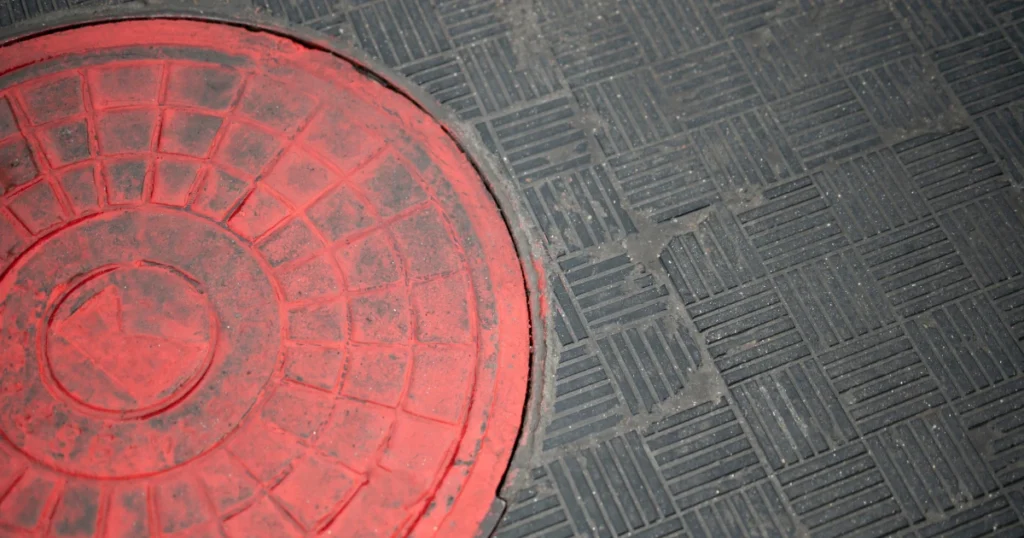Government Infrastructure Projects Driving FRP Demand in India (2025)
As the country heavily invests in new infrastructure and sustainable building solutions, FRP demand in India is rising rapidly. In 2023-24, the industry witnessed a tremendous growth of 12.7% year-on-year and reached $479 million. The biggest reason for this rise is the government spending.
According to GlobalNewswire, the government spent ₹2.76 lakh crore for roads and highways in the 2025-26 Union Budget. At the same time, experts predict the FRP rebar segment will grow at a strong 17.3% CAGR between 2024 and 2030.
Together, national programs like Smart Cities, Gati Shakti, and AMRUT 2.0 are fueling FRP market growth in India in 2025, which makes FRP an ideal choice for modern infrastructure.
This blog explores how public projects are boosting demand, where FRP is being used.
Why Government Projects Matter for FRP Growth
Large-scale infrastructure projects represent India’s single largest material consumption sector. According to EY, the government allocated Rs 11.21 lakh crore for infrastructure development in the Budget 2025-26. This massive investment is creating outstanding opportunities for advanced materials like FRP.
The FRP demand in India is driven by practical considerations:
- They are 40-60% lighter than a steel or iron piece, yet meet the same load specs.
- They do not rust or rot, so benches, covers, and railings stay intact without repainting.
- FRP infrastructure can even last 3-5 times longer than conventional steel, slashing maintenance costs.
- They do not have scrap-metal value, which further eliminates any theft risk.
Therefore, FRP in government projects should be a must due to its durability and low upkeep.
Key Schemes Driving FRP Demand in 2025
The following national missions explicitly encourage FRP market growth in India in 2025:
1. Smart Cities Mission

The Smart Cities Mission continues to be a major driver of FRP demand in India. FRP products are being extensively used in urban furniture, including dustbins, garden benches, planters, public toilets, and information kiosks. Cities like Pune have begun using RFID-enabled FRP manhole covers that provide real-time monitoring capabilities. On the other hand, Surat and Vishakhapatnam have successfully implemented large-scale FRP infrastructure trials. Hence, FRP is an ideal choice for the government’s mission of creating theft-proof and low-maintenance infrastructure.
2. Swachh Bharat & Sanitation Initiatives

With more than 11 crore toilets built since 2014, the Swachh Bharat Mission has played a significant role in boosting demand for FRP toilets. The government further encourage this by providing support of ₹39,200 per seat for community toilets and ₹12,800 per urinal seat under the 40% VGF scheme. This creates a strong market for FRP sanitation products.
Today, FRP in government projects is common in the form of portable toilets, community toilet blocks, and urinals. This is because the material is easy to install, hygienic, and can handle tough weather. Its smooth and non-porous surface stops bacteria from growing and makes cleaning simple, which is very important for public sanitation facilities.
3. AMRUT 2.0 & Urban Mobility Projects

AMRUT 2.0, with its ₹2.99 lakh crore outlay, is creating a significant FRP demand in India. The scheme’s focus on sewerage, septage management, and water body rejuvenation has led to increased adoption of FRP manhole covers, walkway systems, and utility shelters across 4,800 cities and towns.
Under AMRUT 2.0, a total of 8,998 projects worth ₹1,89,458.55 crore have been approved, with specific provisions for advanced infrastructure materials that can resist harsh environmental conditions. The program emphasises 24×7 water supply and smart utility management, which aligns perfectly with FRP advantages.
FRP vs Traditional Materials in Government Projects
The economics of government infrastructure projects strongly favour FRP over traditional materials. While steel requires regular painting and replacement due to corrosion, and concrete is prone to cracking and spalling, FRP delivers consistent performance for decades with minimal intervention.
- Cost Analysis: FRP in government projects reports a 60-70% reduction in replacement costs over a 20-year period. The theft-proof nature of FRP eliminates the recurring expense of stolen covers that plagued municipalities using case iron alternatives.
- Installation Efficiency: FRP products are lightweight, which allows single-person installation compared to the 4-5 workers. This means faster project completion and reduced labour costs, which are crucial in government tenders.
- Sustainability Compliance: With India’s net-zero commitments by 2070, government projects are increasingly mandating low-carbon materials. FRP’s lower lifecycle emissions compared to steel production, combined with recyclability potential, make it attractive for sustainable infrastructure goals.
Case Examples: FRP in Action Across India
Municipal corporations worldwide are embracing FRP solutions with impressive results. The Municipal Corporation of Delhi initiated large-scale replacement of traditional manhole covers with FRP alternatives in high-theft areas. This has led to zero theft incidents since implementation.
Pune Smart City has become a model for FRP adoption. The city implemented colour-coded utility management using FRP manhole covers embedded with RFID chips. This system provides real-time monitoring of sewer access and predictive maintenance.
Creative Fibrotech also delivered innovative floating FRP toilets for the Assam government, which addressed unique challenges in flood-prone areas. These solutions highlight FRP’s versatility in adapting to India’s diverse geographic and climatic conditions and providing sanitation where traditional infrastructure fails.
FRP Market Outlook for 2025 and Beyond
India’s FRP composites market is experiencing significant growth and is expected to grow at a CAGR of approximately 6.5% from 2024 to 2034. The FRP rebar market specifically is growing at an exceptional CAGR of 17.3% from 2024-2030. Furthermore, the composite material industry is expected to grow at a 7.8% CAGR, reaching ₹24,231 crore (USD 2.8 billion) by 2030.
Government initiatives, including smart city projects, hydrocarbon transportation systems, sewage treatment facilities, and pipeline rehabilitation, are key growth drivers. Future trends suggest smart composite integration with IoT-enabled FRP covers featuring gas sensors and LED lighting becoming standard in metro cities by 2027-2028.
The government’s push for circular economy principles will drive recyclable FRP demand in India using thermoplastic composites.
Why Creative Fibrotech is the Partner of Choice for Government Projects
Creative Fibrotech has positioned itself as a leading FRP supplier for exactly these types of projects. The company highlights 12+ years of experience and has delivered over 50,000 projects, underlining its track record in municipal and industrial work.
Its product range spans all the needed categories, like portable FRP cabins, toilets, park benches, planters, tanks, and street dustbins. Therefore, government contractors can source nearly any FRP component from a single supplier.
Creative Fibrotech also considers compliance and durability. Their products are engineered for Indian conditions and meet relevant CPWD/BIS specs for public projects. Creative Fibrotech’s team regularly work with EPC firms and PWD consultants, who provide custom designs and technical support. They emphasise sustainability and quality control by testing FRP products for 2050 hours of salt-spray tests and decades of use.
Conclusion
India’s big infrastructure plans in 2025 will shape the future of the FRP market. With new roads, metros, water systems, and city projects coming up, FRP demand in India will grow quickly.
Government programs like Smart Cities, Swachh Bharat, Gati Shakti, and AMRUT 2.0 are making FRP a common and trusted material. Creative Fibrotech, with its strong experience and various products, is ready to support these projects.
For planners and contractors who want long-lasting and low-maintenance solutions, FRP is the right choice. Connect with Creative Fibrotech to partner on upcoming government projects and build smarter and stronger infrastructure.

